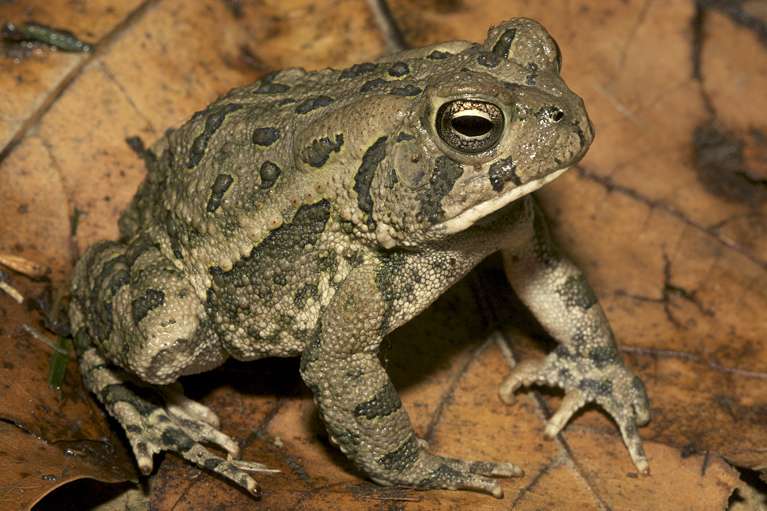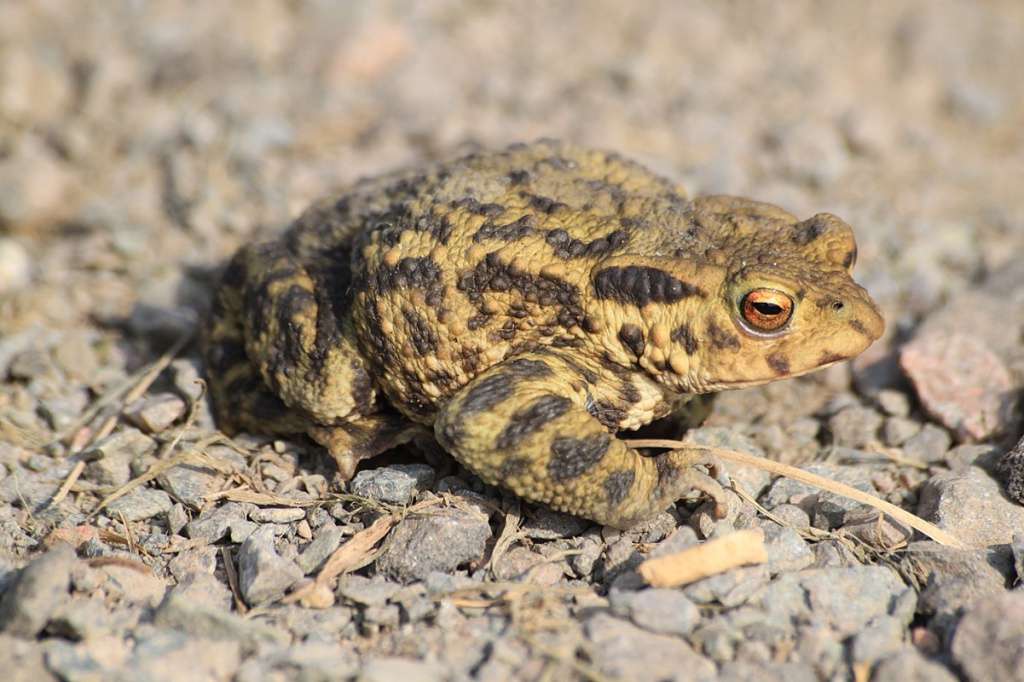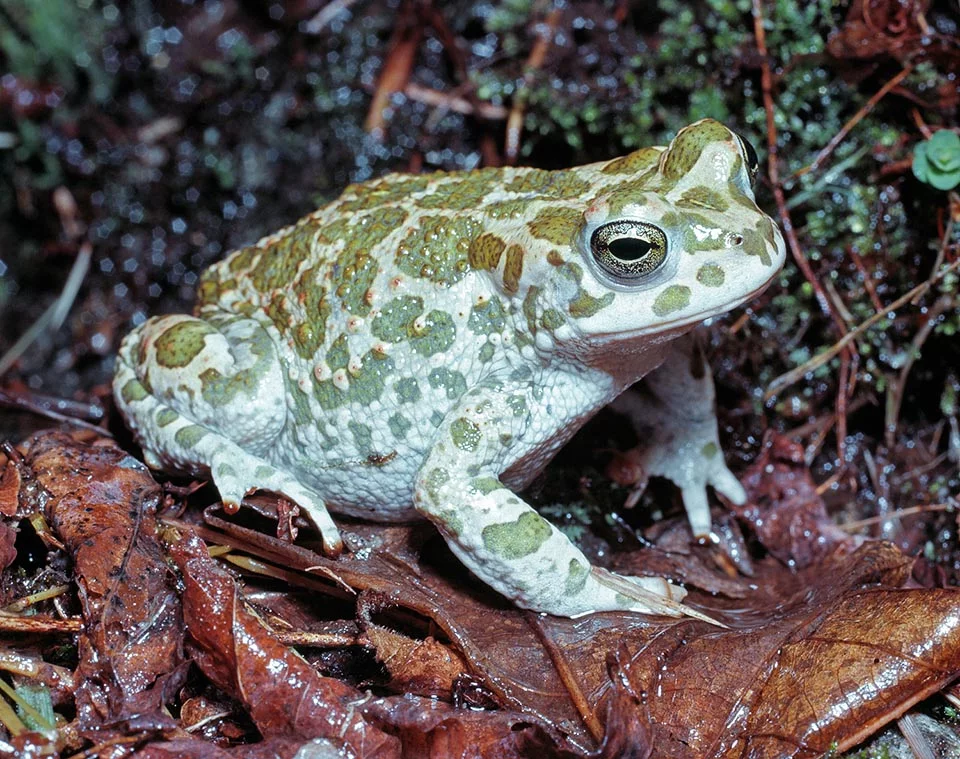
The Anaxyrus fowleri species of toad belongs to the Bufonidae family of toads. The species is indigenous to North America, where it can be found in large portions of the eastern United States and neighbouring Canada.
Habitat
Most of the eastern United States, from southern New Hampshire south to northern Florida and west to Michigan, eastern Oklahoma, and eastern Texas, are home to the Fowler’s toad. On the banks of the Erie, Canada also has Fowler’s toads. The habitats where Fowler’s toads may easily dig deep, loose, sandy, or gravelly holes are strongly related to those types of soil. Open forests, meadows, sand prairies, beaches, dunes, sandy lakeshores, river valleys, and floodplains are a few of these environments. They can also be found in residential and agricultural settings, such as gardens, yards, fields, pastures, roadside ditches, and yards.
They either burrow underground or hide under rocks, plants, or other cover during times of drought or hot, dry weather as well as throughout the winter. They lay their eggs in warm, open, shallow waters, such as vernal pools, marshes, farm ponds, permanent ponds, roadside ditches, lakeshores, slow-moving streams, river floodplains or backwaters, sloughs, pools between dunes or along beaches, shallow bays, and other flooded low areas or bodies of water without a strong current.
Appearance
The Fowler’s toad typically has darkened warty spots and is coloured brown, gray, olive green, and rust red. The toad is an adult if its back has a pale stripe. The tummy is often entirely white with one dark patch. The head-body length of an adult toad ranges from 5 to 9.5 cm (2.0 to 3.7 in). The tadpole measures 1 to 1.4 cm (0.39 to 0.55 in) in length and is oval in shape with a long tail and upper and lower fins.

Food
In contrast to its near relative, the American toad, the adult Fowler’s toad avoids eating earthworms and instead consumes insects and other tiny terrestrial invertebrates (Anaxyrus americanus). Additionally, it has been observed that this toad consumes velvet ants, an ant that does nothing to the toad but stings people quite painfully.
Reproduction
The Fowler’s toad breeds during the summer months, particularly in May and June. It lays its eggs in areas with open, shallow water. Men as well as other males are drawn to the call the male makes. A chirping “release call” will let the calling male know he made a mistake if he tries to mate with one of the other guys. It has been discovered that the caller’s body temperature and size have an impact on the male Fowler’s toad’s mating calls. Females can frequently distinguish between versions of these cries and choose the biggest males that are present. Through thermoregulation, males can modify their cries so that they sound more alluring to females.
When a male encounters a female, the two will begin an amplexus, which can result in the fertilization of 7,000–10,000 eggs. Within 2 to 7 days, they erupt.
Table





